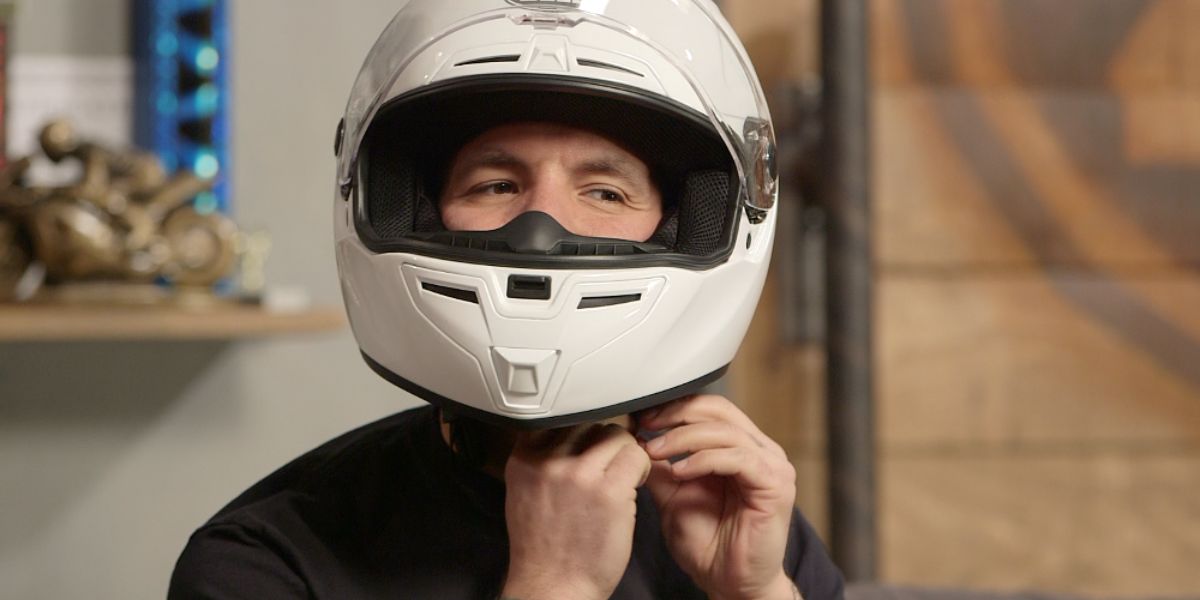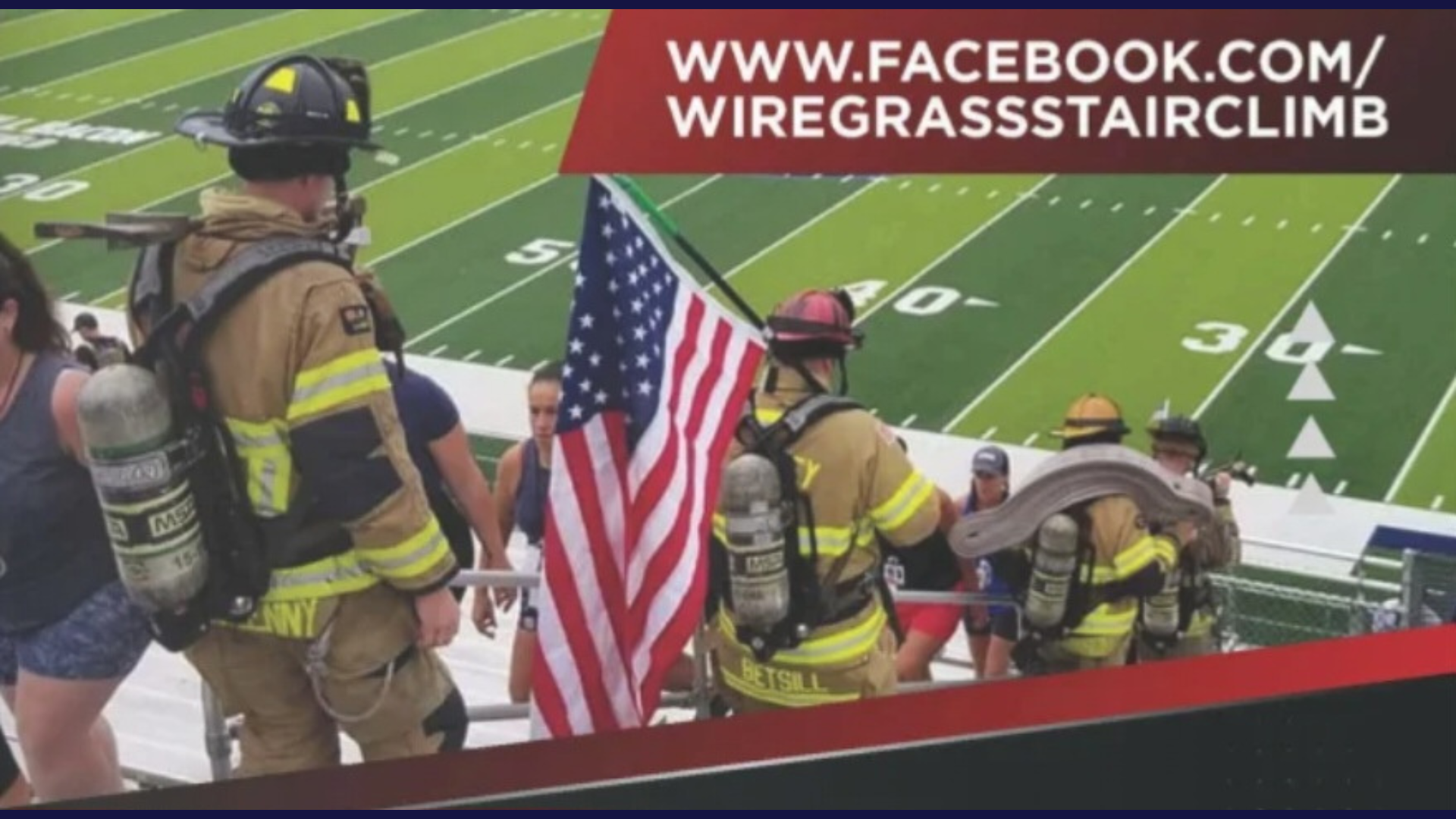A groundbreaking new study offers undeniable proof of what safety experts have long warned — motorcycle helmets save lives. In one of the most comprehensive comparisons to date, riders wearing helmets were dramatically more likely to survive head-on crashes than those who rode unprotected.
As motorcycle season peaks across the U.S., these findings serve as a powerful reminder for all riders to gear up before they hit the road.
Head-On Crashes Show Stark Difference in Survival Rates
The study, published by the National Highway Traffic Safety Administration (NHTSA), analyzed more than 25,000 motorcycle collisions, with a particular focus on head-to-head or frontal-impact crashes, which are often the deadliest.
Findings revealed:
- Riders wearing DOT-approved helmets were 69% less likely to suffer a fatal head injury.
- Helmeted riders were 3 times more likely to survive a direct-impact crash.
- Unhelmeted riders made up 54% of all motorcycle deaths, despite accounting for a smaller percentage of total riders.
The study controlled for variables such as speed, weather, age, and alcohol use, and still, helmets emerged as the single most effective life-saving factor in motorcycle collisions.
States Without Helmet Laws Saw Higher Fatalities
The study also compared data between states with universal helmet laws and those where helmets are optional for some or all riders. The results were striking.
According to the Insurance Institute for Highway Safety (IIHS), states without comprehensive helmet laws reported:
- A 34% higher fatality rate in motorcycle crashes
- More severe head trauma cases require long-term hospitalization
- Increased costs for emergency care and Medicaid-supported trauma services
Only 18 states and Washington D.C., currently enforce universal helmet laws, despite overwhelming evidence that helmets reduce death and serious injury. In contrast, states with partial or no helmet laws showed consistently higher death tolls in similar crash conditions.
Why Some Riders Still Refuse to Wear Helmets
Despite the evidence, helmet use remains inconsistent. Many riders cite reasons such as discomfort, restricted vision, or a desire for personal freedom. But safety advocates say the numbers speak louder than personal preference.
“Every rider has the right to the road, but they also have the responsibility to protect themselves,” said Joan Claybrook, former NHTSA administrator and longtime helmet law advocate. “This study is a wake-up call.”
Public health officials also point to the financial burden of helmet-related non-use. Motorcycle crash survivors with brain injuries often require extensive rehabilitation, costs that are frequently passed onto taxpayers when riders are uninsured or underinsured.
Helmet Technology Keeps Improving
Today’s helmets are not what they were decades ago. Modern designs offer enhanced safety features and comfort, including:
- Multi-directional Impact Protection System (MIPS)
- Ventilated airflow for cooler rides
- Lightweight carbon-fiber shells
- Integrated Bluetooth communication systems
Manufacturers are continuously innovating to make helmets both protective and rider-friendly. The Snell Memorial Foundation and DOT certifications ensure helmets meet rigorous safety standards.
Experts urge riders to replace their helmets every 5 years, or after any significant impact, to ensure maximum protection.
Conclusion
Whether you’re a daily commuter or a weekend warrior, wearing a helmet is the smartest decision you can make on two wheels. The latest head-to-head study proves it: helmets save lives. As motorcycle travel increases during the warmer months, don’t risk your future for comfort or convenience. Strap in, stay alert, and ride safe.
Stay informed and follow us for more safety updates and road news that affects you and your community.
This article was written by John Deluca. AI was used lightly for grammar and formatting, but the ideas, words, and edits are all mine.












